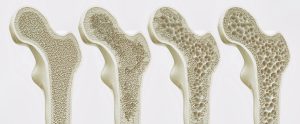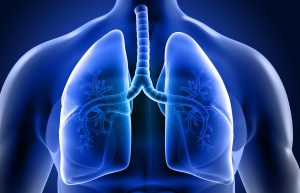Exercise and Prostate Cancer
In 2021, according to the Australian Bureau of Statistics, the national annual average for prostate cancer diagnoses sat at 150 new cases per 100,000 men, with Mandurah recording 210 cases per 100,000, a 40 per cent increase. This means that in recent years, Mandurah has had one of the highest incidences of prostate cancer in Australia. We, therefore, feel it is important to provide education and support to the Mandurah community with regard to the benefits of exercise and how being physically active can help both during and after prostate cancer treatment.
Despite the evidence regarding the benefits of exercise, many people with cancer are sedentary and do not achieve sufficient levels of physical activity. Cancer patients often significantly decrease their levels of activity after diagnosis and fail to return to pre-diagnosis activity levels. This is particularly concerning with regard to prostate cancer and androgen deprivation therapy.
What is androgen deprivation therapy:
Androgen deprivation therapy (ADT) aims to reduce the male androgen (sex hormone), testosterone. As prostate cancer needs testosterone to grow, reducing the levels of testosterone in the body can help to temporarily shrink tumours or slow tumour growth.
ADT may cause side effects due to lower levels of testosterone in the body. These include:
- Fatigue that isn’t relieved by rest
- Loss of muscle strength
- Weight gain
- Mood swings, depression and cognitive concerns
- Loss of bone density – increased risk of osteoporosis
- Increased risk of diabetes and heart disease
When we compare these side effects against the benefits associated with regular exercise, it gives the reasoning behind why prostate cancer patients should be engaging in physical activity.
| Side effects of ADT | Benefits of Exercise |
| Fatigue | Increased energy levels, improved sleep quality and reduced pain |
| Loss of muscle strength | Improve/maintain muscle mass, strength and power. This is important not only general function but also to reduce the risk of type 2 diabetes. |
| Weight gain | Improvements in basal metabolism and weight management |
| Mood swings, depression, cognitive concerns | Improvements in body image, self esteem, memory and mood. Reduced psychological and emotional stress, reduced feelings of depression and anxiety |
| Loss of bone density and increased risk of osteoporosis | Improvements in bone mineral density and lower risk of osteoporosis |
| Increased risk of diabetes and heart disease | Improvements in body composition and cardiac health reducing risk of co-morbid conditions (ie. Diabetes, stroke and heart disease) |
Emerging evidence also shows that exercise is associated with a reduced risk of cancer recurrence and cancer death along with greatly improving the physical and mental health of patients during every phase of treatment. Current cancer studies are looking into the effects of exercise for improvements in tumour control and enhancing treatment efficacy.

Exercise guidelines for prostate cancer
So, we know that exercise is essential during prostate cancer treatment and recovery, but there can be confusion or a lack of knowledge about what type of exercise or how much activity should be done.
The table below outlines the exercise guidelines for both aerobic and resistance-based exercise.
It is important to note that this is the “ultimate exercise goal” and we should gradually progress towards this. Just like someone training for a marathon would gradually increase the frequency and duration of their training. Exercise programs should be individualised and consider treatment cycles and other health conditions. It is essential to be assessed by a suitable health professional to have a program designed and modified appropriately for you, especially when starting exercises that you haven’t participated in previously.
Accredited Exercise Physiologist






